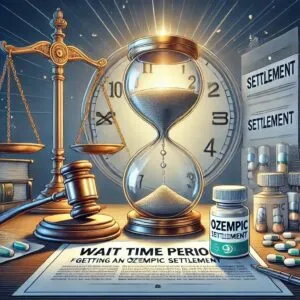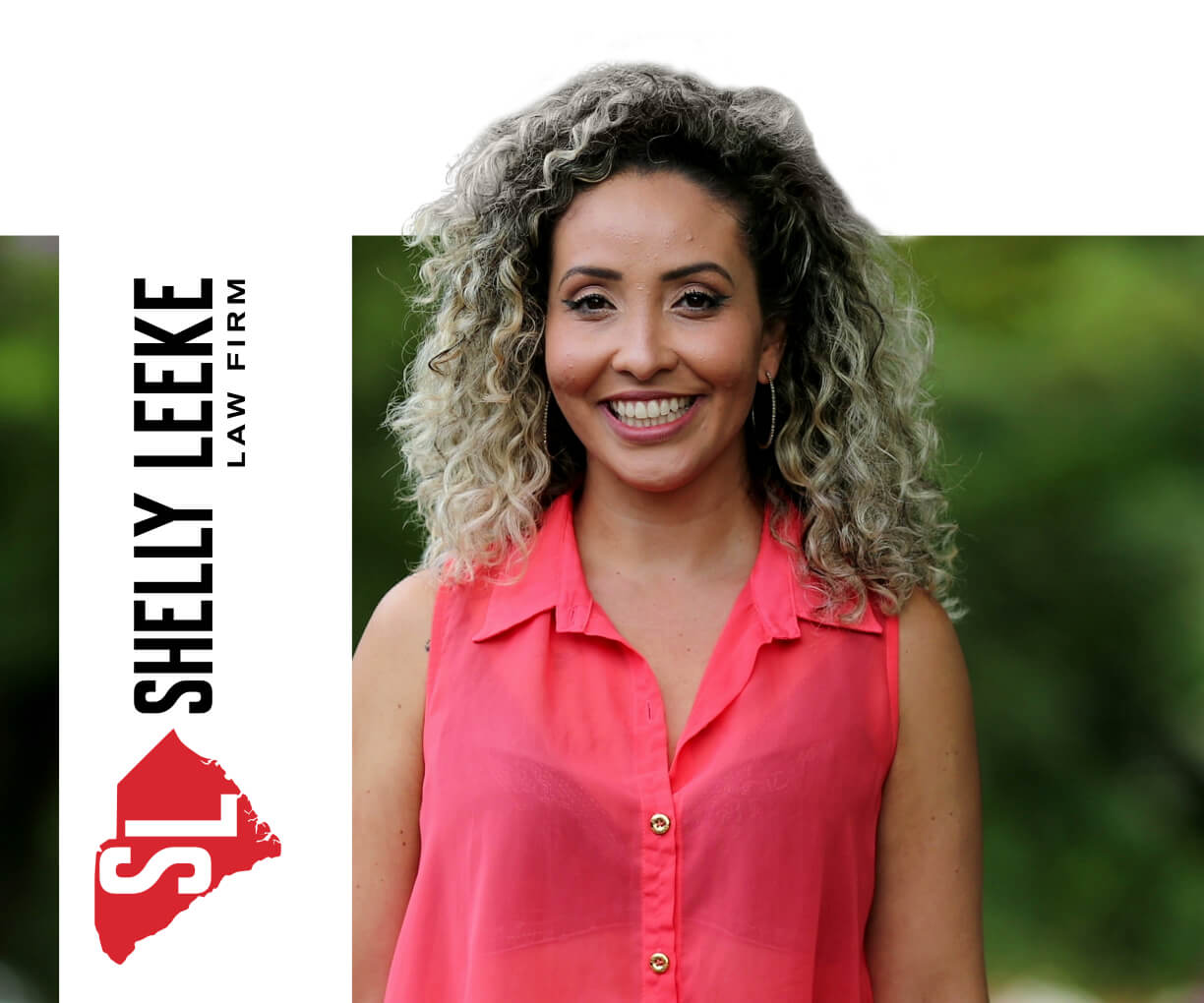
The timeline for securing a settlement in the GLP-1 class action lawsuit involving Ozempic and similar medications can vary depending on several factors. Mass tort and class action lawsuits like this often take time to resolve, as they involve numerous plaintiffs and complex legal processes.
Initial Phases: Filing and Discovery
The first step in any lawsuit is filing the complaint, which can take time, depending on the number of plaintiffs involved. Once the lawsuits have been filed, the next phase is discovery, during which both sides gather evidence, including medical records, expert testimonies, and other relevant documents. This phase can last several months, depending on the complexity of the cases and the amount of evidence involved.
For GLP-1 lawsuits like those involving Ozempic, discovery may take longer because the plaintiffs must prove a link between their use of the drug and their medical conditions, such as gastroparesis or ileus. The defendants, in turn, will likely argue that the medications are safe when used as directed or that the health issues were due to other factors.

Bellwether Trials
In class action lawsuits and multidistrict litigation (MDL), courts often select a few representative cases to go to trial first. These are known as bellwether trials, and they serve as test cases to gauge how juries might respond to the evidence presented. The outcomes of bellwether trials can influence settlement negotiations and may speed up the resolution process if the plaintiffs are successful.
The bellwether trials are crucial because they provide both sides with a better understanding of how juries might react to the evidence. If the plaintiffs win these initial trials, it often pressures the defendants to offer settlements to avoid further litigation. On the other hand, if the defense is successful, it may discourage plaintiffs from pursuing further legal action, potentially slowing down the settlement process.
Settlement Negotiations
Settlement negotiations can take place at any point during the litigation process, but they typically begin after the discovery phase or following bellwether trials. The length of time it takes to reach a settlement can vary widely, depending on how willing both sides are to negotiate. Some lawsuits may settle relatively quickly if the defendants want to avoid the expense and publicity of a prolonged trial. In contrast, others may drag on for years if the parties cannot agree on a fair compensation amount.

Appeals and Final Resolution
Even after a settlement is reached, it may take additional time for the funds to be distributed to the plaintiffs. If the defendants choose to appeal the settlement or trial verdicts, this can add several months or even years to the process. However, once the appeals are exhausted, the settlement can be finalized, and the plaintiffs can receive their compensation.
Overall, it’s difficult to predict exactly how long it will take to secure a settlement in the Ozempic lawsuits, as each case is unique. However, mass tort cases like this can take anywhere from two to five years or more to fully resolve.

The Role of Ozempic and Semaglutide in the Lawsuit
At the center of the GLP-1 class action lawsuit are medications like Ozempic, which contains the active ingredient semaglutide. Originally approved by the FDA for managing Type 2 diabetes, Ozempic has also gained popularity for its off-label use as a weight-loss drug. Semaglutide works by mimicking the effects of a naturally occurring hormone in the body called glucagon-like peptide-1, which helps regulate blood sugar levels and slows down digestion.
While the drug has proven effective for many patients, concerns about its long-term safety have emerged as more people report experiencing severe gastrointestinal issues, including gastroparesis and intestinal blockages. These complications can significantly affect a person’s quality of life, leading to the current wave of lawsuits against manufacturers.
Plaintiffs allege that the manufacturers of semaglutide-based drugs like Ozempic failed to provide adequate warnings about the potential risks of these serious side effects, leading many users to suffer from conditions that could have been avoided with proper disclosure.
Conclusion
The GLP-1 class action lawsuit against the manufacturers of drugs like Ozempic is still in its early stages, but it is already clear that many patients have been adversely affected by the medications. With serious conditions like gastroparesis, ileus, and intestinal blockages at the forefront of the claims, the plaintiffs argue that better warnings and more extensive testing could have prevented their suffering.
As the lawsuit progresses, plaintiffs should be prepared for a potentially long legal process, with settlement timelines likely extending into several years. While bellwether trials and settlement negotiations may speed up the process, the complexity of the cases means that patients must remain patient and vigilant as they pursue justice for the harm caused by these medications.
At Shelly Leeke Law Firm, our mass tort attorney is ready to fight for you. Give us a call today and let’s see how we can help you with your case.







